|
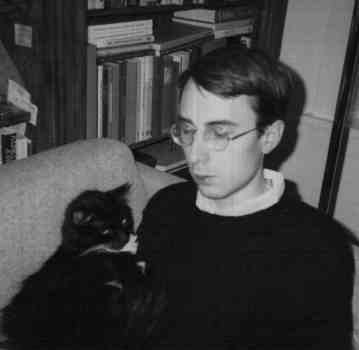
Burt
Totaro
|
|
Obstruction
theory in algebraic geometry
Given
a curve on a smooth projective surface, when does it move in a
family of disjoint curves? The self-intersection number of the
curve must be zero, but there are also higher-order obstructions.
We give an obstruction theory in the spirit of homotopy theory to
analyze the infinitely many obstructions. As an application, we
answer questions by Mumford and Keel about curves on surfaces
over finite fields.
|
|
|
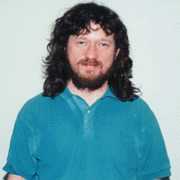
Stephan
Stolz
|
|
Supersymmetric
Euclidean field theories and generalized cohomology
This
is a report of ongoing joint work with Peter Teichner (Berkeley).
Elaborating Segal's axiomatic approach to conformal field
theories, we define supersymmetric Euclidean field theories over
a manifold X. It turns out that the set of concordance classes of
such field theories over X of dimension d isin bijective
correspondence to the cohomology of X (with complex coefficients)
for d=0 and to the K-theory of X for d=1. We speculate that for
d=2 we obtain the "Topological Modular Form theory" of
Hopkins-Miller. Evidence is provided by our result that the
partition function of a supersymmetric Euclidean field theory of
dimension 2 is a weakly holomorphic integral modular form.
|
|
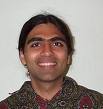
Nitu
Kitchloo
|
|
Kac-Moody
groups over the last decade
I
will try to give general overview of the developments in the
study of Kac-Moody groups from the standpoint of topology.
Kac-Moody groups are natural generalizations of compact lie
groups. I will stress the analogy between Kac-Moody groups and
compact groups in motivating the reason to study them. The talk
will be accessible to a general topological audience.
|
|
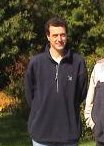
Bertrand
Toen
|
|
Chern
character, loop spaces and derived algebraic geometry
The purpose of
this talk is to present a general framework for the Chern
character map, based on techniques from derived algebraic
geometry and higher category theory. I will explain in particular
how it can be useful in order to define a Chern character map for
sheaves of categories rather than sheaves of modules.
|
|
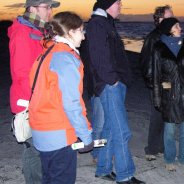
Natalia
Castellana
|
|
Mod p
Noetherian loop spaces
One of the big
achievements in the study of the homotopy theoretical properties
characterizing compact Lie groups is the classification of
p-compact groups by Andersen, Grodal, Møller and Viruel.
p-compact groups were defined by Dwyer and Wilkerson. They are
loop spaces with finite mod p cohomology whose classifying space
is p-complete. In this joint project with J.A. Crespo and J.
Scherer we define a p-Noetherian group to be a loop space with
noetherian mod p cohomology and a p-complete classifying space.
We show how they are all constructed from p-compact groups and
certain Eilenberg-Mac Lane spaces. This topological
characterization allows us to understand the cohomological
finiteness conditions satisfied by the mod p cohomology of the
classifying space.
|
|
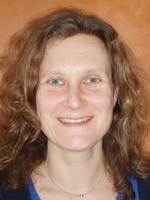
Birgit
Richter
|
|
The separable
closure of the K_n-local sphere
Let E_n be the
n-th Lubin-Tate spectrum at an odd prime p and adjoin all roots
of unity whose order is not divisible by p. We show that the
resulting spectrum does not have any non-trivial connected finite
Galois extensions and is thus separably closed in the sense of
Rognes. At the even prime we can show that there are no connected
finite Galois extension with solvable Galois group. This is joint
work with Andy Baker.
|
|

Bob
Oliver
|
|
Fusion
systems of groups of Lie type via homotopy theory
The talk will be
centered around the following theorem, shown in joint work with
Carles Broto and Jesper M\o{}ller. Fix a prime $p$, and let $q$
and $q'$ be prime powers which are not powers of $p$ and which
generate the same closed subgroup of $\mathbb{Z}_p^\times$. Then
for any Lie group ``type'' $G$, the $p$-subgroup fusion systems
of $G(q)$ and $G(q')$ are equivalent. In other words, the Sylow
$p$-subgroups of $G(q)$ and $G(q')$ are isomorphic, via an
isomorphism which preserves all conjugacy relations in $G(q)$ and
$G(q')$ between their subgroups. A similar result holds for
``twisted'' groups of Lie type. This is a result which is not
surprising to people who have studied these groups, but there
does not yet seem to be a published proof, and none of the group
theorists we asked knew of a proof. Our proof uses the connection
between fusion and topology, taking as starting point a theorem
of Martino and Priddy that two finite groups $G$ and $G'$ have
equivalent fusion systems at $p$ if their $p$-completed
classifying spaces $BG^\wedge_p$ and $BG'{}^\wedge_p$ are
homotopy equivalent. Other theorems, by Friedlander and Mislin,
describe $BG(q)^\wedge_p$ and $BG(q')^\wedge_p$, in the above
situation, as being homotopy fixed point sets of Frobenius
endomorphisms acting on $BG(\C)^\wedge_p$. We showed that under
certain hypotheses on a space $X$, homotopy fixed point sets of
two self equivalences of $X$ are homotopy equivalent if they
generate the same closed subgroup of the group of all self
equivalences of $X$. Together with the other results described
above, this proves the theorem, and also gives information about
some other equivalences between fusion systems of groups of Lie
type.
|
|
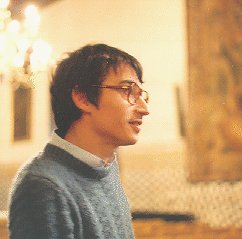
Jean
Lannes
|
|
Kervaire
Invariant And Manifolds With Corners
I will report on
a joint work with Haynes R. Miller showing that the introduction
of manifolds with corner sheds some light on the link, uncovered
a long time ago in a famous paper by W. Browder, between the
Kervaire invariant - defined in terms of framed manifolds - and
the Adams spectral sequence for mod 2 cohomology.
|
|

Dennis
Sullivan
|
|
Compactified
String Topology
There
is a transversality , reconnecting and gluing construction that
defines for each manifold of dimension d a chain mapping from
(spaces of closed curves in the manifold) cartesian product (the
harmonic compactification of moduli space of surfaces) to (spaces
of surfaces with nodes in the manifold). The top chains of moduli
space lead to a "quantum lie bialgebra" on the string
homology which means the following: if [k] denotes the kth tensor
power of the equivariant homology of the free loop space mod
constant loops , there are maps F(k,l,g) from [k] to [l]
for each g = 0,1,2,...and k,l positive of degree
3d(eulercharacterstic of S) -1 satisfying quadratic identities
.Here S is the connected oriented surface of genus g with k input
boundaries and l output boundaries and the quadratic identities
correspond to all ways of factoring S as a gluing composition.
|
|
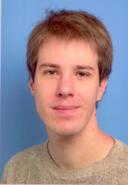
Tilman
Bauer
|
|
On the
K(n)-based Eilenberg-Moore spectral sequence
The
Eilenberg-Moore spectral sequence tries to compute the homology
of the fiber of a fibration from the homology of the base space
and the total space. For non-connective homology theories like
Morava K-theory, convergence is very problematic and fails even
in simple examples. In my talk I wish to introduce a new, useful
and rather strong notion of convergence for this and similar
spectral sequences and show that this kind of convergence is
inherited under fibrations; in particular, when the base space is
a finite Postnikov system, the Eilenberg-Moore spectral sequence
always converges in this strong sense.
|
|

Mark
Behrens
|
|
Congruences
amongst modular forms and the divided beta family
The
v_1-periodic stable homotopy groups of spheres at an odd prime
are generated by the alpha family, and the orders of these groups
admit a global description in terms of denominators of Bernoulli
numbers. I will describe a similarly global description of the
v_2-periodic beta family in terms of explicit congruences of
modular forms, for primes greater than 3.
|
|
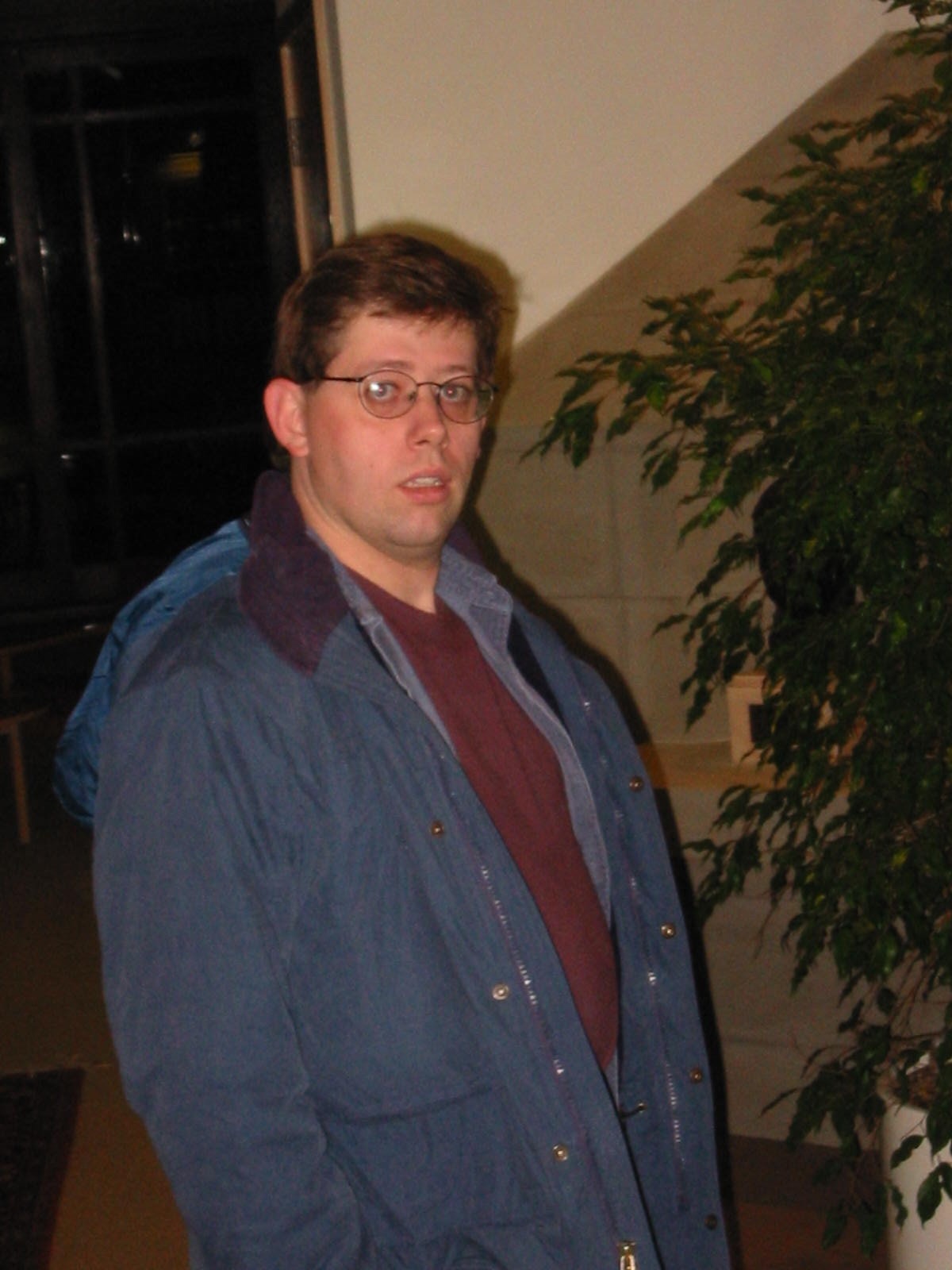
Charles
Rezk
|
|
The Frobenius
congruence for power operations in Morava E-theory
We describe the structure
inherent in the Morava E-theory of a commutative S-algebra. Ando,
Hopkins, and Strickland have shown how this structure encodes
information about isogenies of deformations of a finite height
formal group. We will use their work to describe the natural
target category C of the functor defined by Morave E-homology
whose domain category is commutative S-algebras. The answer is
that C is a category of sheaves on a certain generalized stack,
with a twist: the objects of C are exactly those sheaves which
satisfy a certain congruence condition related to Frobenius
isogenies. This answer is a precise analogue to the "Wilkerson
criterion" for lambda-rings.
|
|

Jeff
Smith
|
|
TBA
|
|
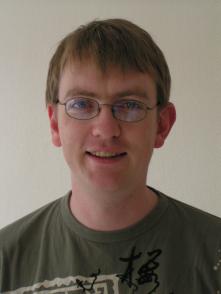
Kasper
Andersen
|
|
Reduced
fusion systems over 2-groups
Saturated fusion systems
were introduced in group theory by L. Puig and made popular in
homotopy theory by works of C. Broto, R. Levi and B. Oliver and
others. For odd primes there are a number of exotic examples of
saturated fusion systems (i.e. examples not coming from finite
groups). For p=2 however, there is only one known family of
exotic examples (constructed by R. Levi and B. Oliver based on
earlier work of R. Solomon). In the talk we will describe the
results of a systematic search for new exotic saturated fusion
systems over "small" 2-groups. This is joint work in
progress with B. Oliver and J. Ventura.
|
|

Jacob
Lurie
|
|
Algebraic
Groups over the Sphere Spectrum
Let
G be a compact Lie group. The complexification of G has the
structure of an algebraic group: that is, it can be described as
the space of solutions to a set of polynomial equations over the
complex numbers. This algebraic group admits a canonical (split)
form over the ring of integers (in other words, the polynomial
equations defining the complexification of G can be taken to have
integer coefficients). In this talk, I will discuss the problem
of realizing this algebraic group over the sphere spectrum.
|
|
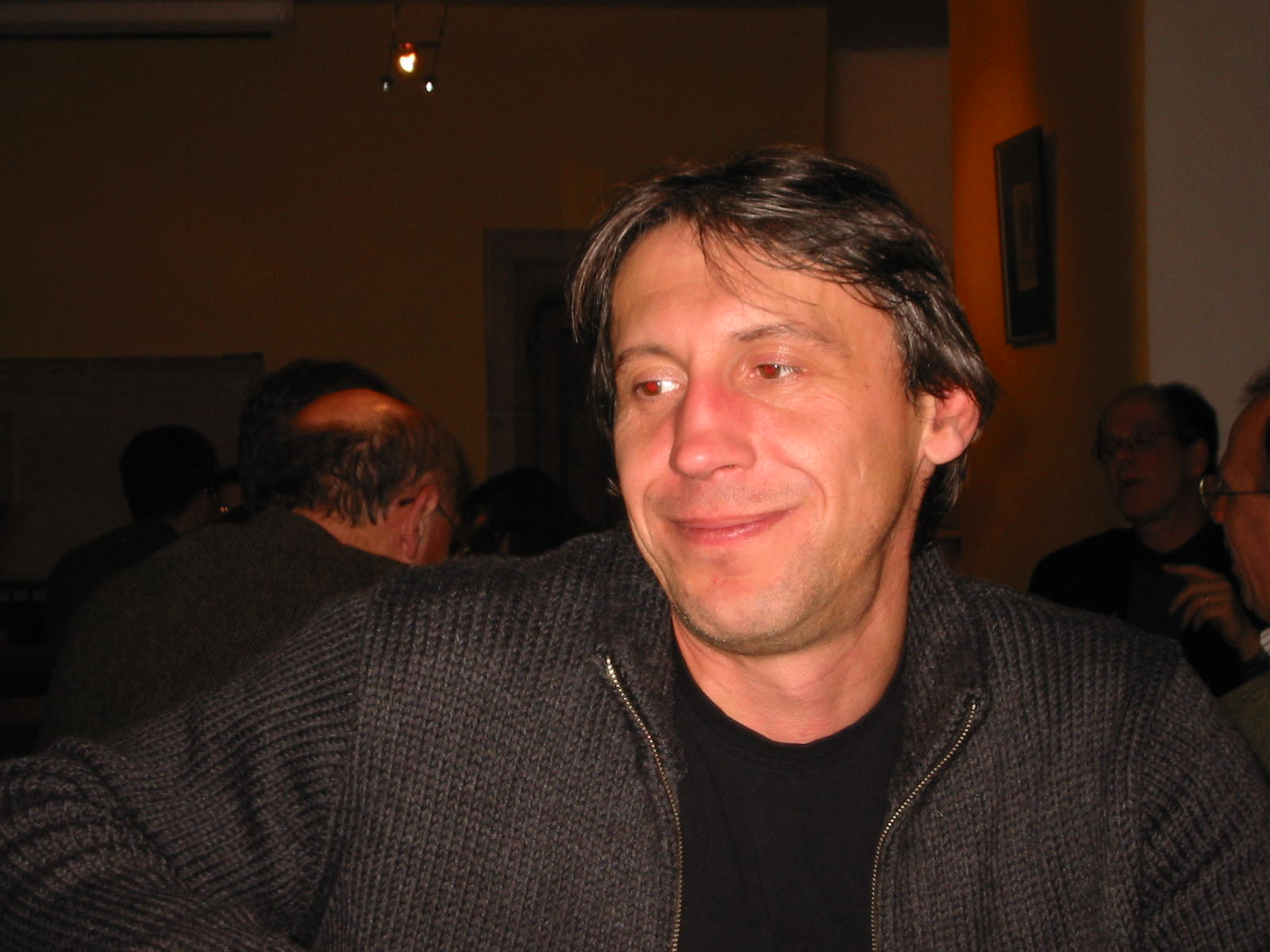
Vassily
Gorbounov
|
|
Divergent
series and invariants of projective varieties
We will describe a way of
summation of divergent series suggested in physics which goes
back to the Gauss cyclotomic identity. It appears natural to
present some invariants of projective varieties as such divergent
sums. This we believe is a reflection of interesting dualities
considered in physics.
|
|
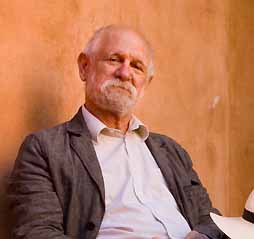
Jack
Morava
|
|
To the left
of the sphere spectrum
Both
Waldhausen's A-theory spectrum of a point and the topological
cyclic homology TC of the sphere spectrum are interesting
ringspectra which map naturally to S; in some ways they resemble
equicharacteristic local rings with S as residue field. Both
specialize bivariant constructions (Williams, Dundas-Ostvaer...)
whic can be regarded as the Hom-objects for natural categories of
correspondences. The trace homomorphisms from A or TC to S define
monoidal functors from those categories to spectra, with S
\smash_A S [resp. S \smash_TC S] as candidates for Hopf-Galois
objects representing the automorphisms of these forgetful
functors. The latter example seems particularly accessible, as a
kind of cotensor algebra much like a dual to the ringspectrum
S[Omega Sigma CP^\infty_+] studied recently by Baker and Richter.
Over the rationals this is the universal enveloping algebra of a
free graded Lie algebra, with striking similarities to the Hopf
algebra of the Tannakian Galois group appearing in the arithmetic
theory of mixed Tate motives over the integers. This suggests
that that theory (closely related to the algebraic K-theory of
the integers) has a homotopy-theoretic analog, related similarly
to A.
|